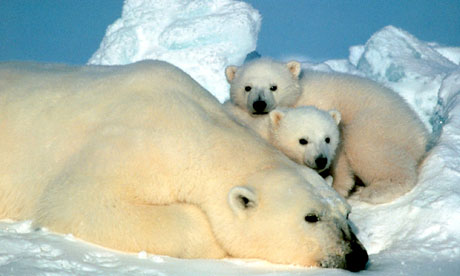Q: Should Human Beings feed threatened or endangered animals?
What is your response?
--------------------------------------------------------------------------------------------------------------
I was reading about the Endangered Species Act (ESA) signed in 1973 and commissioned by The United States of America (USA). Let me condense the gist of it in layman terms:1. Species at risk of extinction are listed under the act.
2. Risks and causes are identified.
3. Measures and response plans are implemented.
4. Species benefits and increase in numbers.
5. The species is then removed from the list.
To me, it sounds really simplistic and naive. Is saving a species really as easy as dishing out response plans and then expect a certain improvement? It was time to do a little research on Conservation Reliance, and I read an interesting Journal Article. You can read it here.
J. Michael Scott, a government biologist, lamented that "a fundamental belief behind so much conservation - that we can "save" a species by solving a particular problem it faces, then walk away and watch it thrive - is largely delusional." Indeed, I agree with this statement, but hold views and ideas slightly different from him about efficiency of conservation reliance.
 |
A POLAR BEAR AND HER CUBS IN ALASKA. PHOTO: AP
|
However, what I liked about the Journal Article was that Scott published a comprehensive and detailed study about methods of conservation reliance programmes such as "Control of other species, Active habitat management, Control of direct human impacts etc." Indeed, the ecosystem is interlinked, and ensuring the perpetuation of one species would mean dealing with environmentally-detrimental human actions, monitoring and regulating the population of other species, and adopting good management systems for the environment.
 | |
| CALIFORNIAN CONDOR. PHOTO: FWS.GOV |
This concept of conservation reliance may seem like a good idea in protecting species from possible extinction, but then this means that the majority of endangered species are only surviving if Human Beings intervene and are actively engaged and involved in shaping the world and the environment to suit their needs.This strain resources, is expensive, and even pose a danger to these animals if we ever stop intervening. An analogy would be releasing a domesticated animal into the wild after years of captivity. What are the chances the animal would know how to protect and defend itself, or even built up a strong survival instinct? By then, the animal would have probably been eaten up by its predator. It is like "Playing God", cultivating the species we desire, deciding where to place them, what to feed them, and how to safekeep them. It is also indirectly and discreetly admitting that their ecosystem is irreparable (Mooallem, 2013), that we are responsible for the damage (which is kind of true), and obliged to save them continuously to ensure their survival.
The list of species on the ESA is ever increasing. Will we be able to handle them all? Is this a sustainable way of protecting the species from extinction? How much human intervention should be involved? What happens if we stop providing for them?
Ultimately, while I question the pragmatism of such approach, I admit that this practice is crucial to ensure sustainability of biodiversity and wildlife. The best method would be tackling poaching, global warming, climate change, deforestation - and the list of environmental problems goes on...This is a tall order and so unfortunately or fortunately, (depending on how you view conservation reliance) looking at the current situation, this method may be the best for now.
Remember the question I posed at the very beginning of this post? Have you change your mind, or is your response still the same?
Literature Citied
Dale D. Goble, John A. Wiens, J. Michael Scott, Timothy D. Male, and John A. hall. (2012) Conservation-Reliant Species. Oxford Journals. [Online]. Vol. 62 (10). p.869 - 873. Available at: http://bioscience.oxfordjournals.org/content/62/10/869.full.pdf [Accessed 01 September 2014].
J. Michael Scott, Dale D.Goble, Aaron M. Haines, John A. Wiens, and Maile C. Neel (2010) Policy Perspective - Conservation-reliant species and the future of conservation. Wiley Periodicals, Inc. [Online]. Conservation letters 3 (1). p.91 - 97. Available at: http://www.webpages.uidaho.edu/css235/Scott_et_al2010.pdf [Accessed 01 September 2014].
Mooallem, J. (2013) Wild Ones: A Sometimes Dismaying, Weirdly Reassuring Story about Looking at People Looking at Animals in America. New York: Penguin, Print.
No comments:
Post a Comment